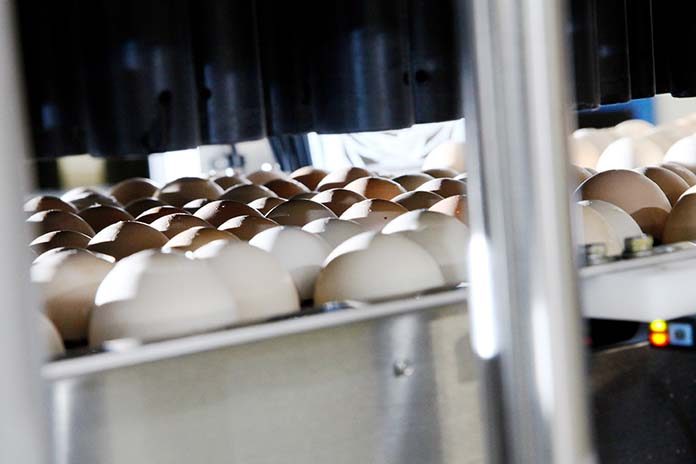
In-ovo vaccination is gaining popularity and is being used in an increasing number of hatcheries. A driving force behind this is the increasing number of vaccines that are suitable for this method, including vector vaccines, which offer early protection against more than just one disease, and immune-complex vaccines, which can be given in the presence of maternal antibodies. Mass vaccination of individual embryos just prior to transfer from setter to hatcher is much less labour intensive compared to subcutaneous or intramuscular vaccination of day-old chicks, which means chicks can be placed on the farm much faster after they have been pulled. Fewer mistakes are likely to be made using in-ovo vaccination, as fewer people need to be trained and monitored than do for spray or drinking water vaccination. Furthermore, conditions in the hatchery are easier to control. Successful in-ovo vaccination means good immune response and no reduction in hatchability. To achieve this, attention must be paid to a number of aspects of hatchery management.
Uniformity
The vaccine should be injected into the amniotic fluid or into the embryonic tissue itself. Generally speaking, this is best achieved by vaccinating on day 18 or 19 of incubation. However, biological age and uniformity of developmental stage of the embryos are more important than the incubation time itself. If embryos are vaccinated at a too young stage of development, the risk of injecting the vaccine into the wrong location (air cell, chorion-allantois or yolk sac) is too high. Embryos should be in the hatching position (head under right wing) and the yolk stalk should have started to enter the abdomen. There should not be more than 2% externally pipped shells, as these cannot be lifted easily by the vacuum suction cups of the transfer equipment.
Hygiene
The importance of hygiene before, during and after in-ovo vaccination cannot be overemphasized. A dirty egg shell increases the risk of pathogens entering the egg on vaccination, even if good needle sanitation is practised. A rotten egg will contaminate the needle. The hole made by the needle is a breach in the natural protection formed by the cuticle, egg shell and egg membranes, and thus a point of entrance for bacteria and fungi.
Position of eggs
If eggs are not in an upright position on the setter trays, but for example are slanting to one side after having been turned in the setter, the needle might inject the vaccine at the wrong location or even kill the embryo if vital organs have been punctured. Eggs accidentally incubated with the air cell down are unlikely to hatch at all after in-ovo vaccination.
Advice
- Ensure embryos are at the correct developmental stage at the moment of in-ovo vaccination; do not rely solely on incubation time.
- Bear in mind that rate of embryo development is delayed by 1) prolonged egg storage; 2) incubation temperature being reached too slowly and 3) a low incubation temperature.
- Aim for uniform temperature in the setter as this will result in uniform embryo development; avoid cold spots caused by over ventilation and overactive humidifiers.
- Pay serious attention to egg hygiene: set only clean eggs and avoid eggs with hair cracks; avoid eggs getting wet as a result of ‘egg sweating’.
- Use ‘live embryo detection’ technology prior to in-ovo vaccination; alternatively, remove potential ‘exploders’
- Keep transfer room and hatcher environment very clean to avoid contamination through the hole in the shell created by in-ovo
- Ensure eggs are in an upright position with the air cell at the top.

















